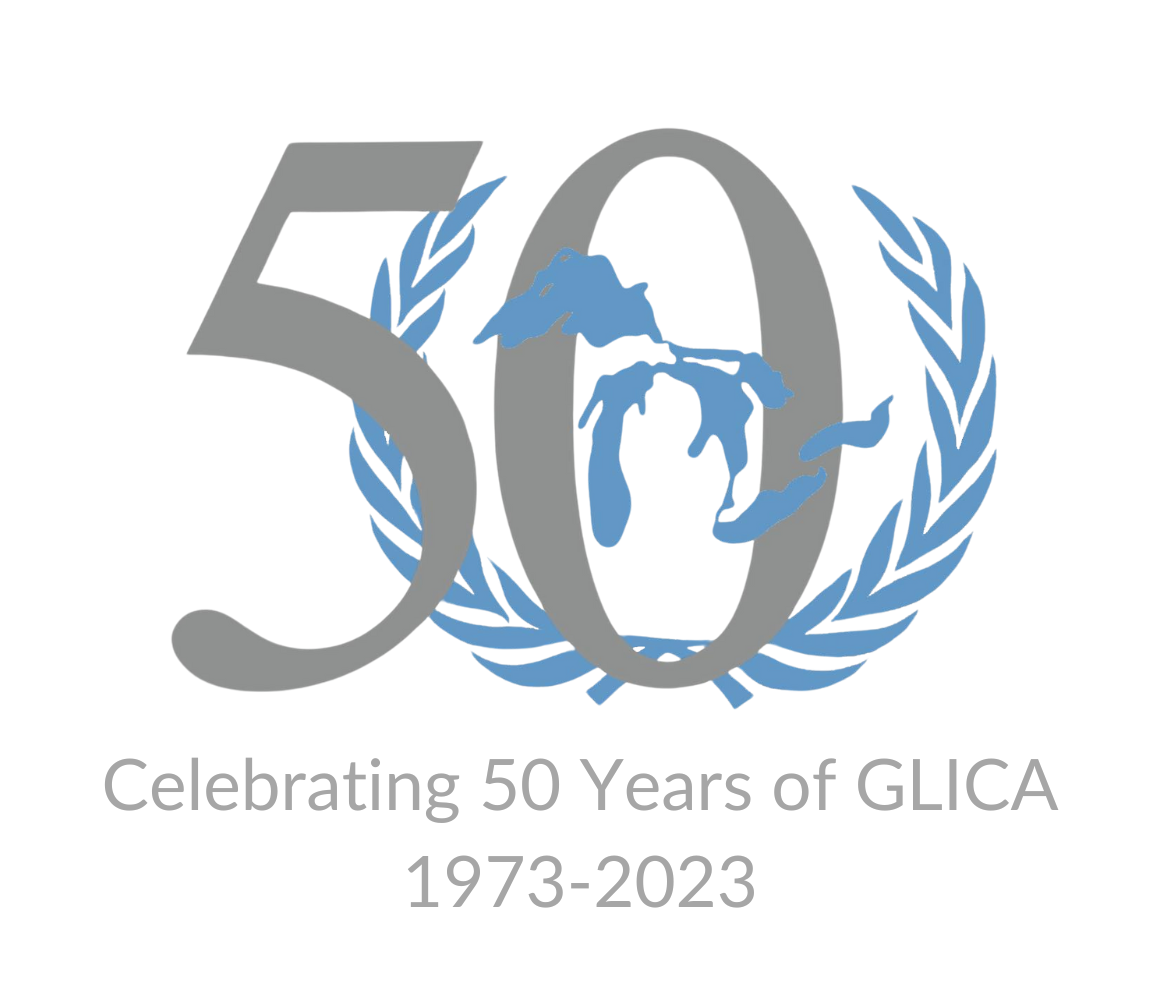Gregory Poole 12/01/2024 22:45:21 68.43.180.207
Topic:
Country: Finland
Delegate Name: Ethan Han
The Republic of Finland fully realizes the intricacy of the border conflict over Essequibo between
Venezuela and Guyana, due in part to historical treaties and the recent finding of oil. Finland is
a nation dedicated to diplomacy and sustainable development, abdicating to a peaceful
resolution that can help the region stay at peace. Finland's stance respects the sovereignty of
the nations concerned and would like to facilitate a peaceful resolution in line with international
codes.
Whereas the humanitarian crisis of political and economic turmoil in Venezuela is juxtaposed
with the emerging development fueled by oil revenues in Guyana, these discrepancies open up
more avenues for further conflict. Finland seeks to bring humanitarian needs for Venezuelan
refugees, regional economic cooperation, and sustainable energy practices that reduce
dependence on oil to the fore.
Finland calls for the following measures to be taken by the committee aiming at a peaceful
solution:
International Law: Finland supports the rights of Guyana to its territory as defined in
international treaties. Finland believes that the 1966 agreement should be revised with the
assistance of ICJ or United Nations mediators to find a fair solution for both parties.
Diplomacy: There is a need to create a no-confidence framework involving regional
organizations such as CARICOM and OAS. These negotiations should incorporate confidence-
building measures, like demilitarization of the disputed border region to come up with a solution
that both Venezuela and Guyana can agree to and minimize further conflict.
Economic Cooperation: A development deal between Venezuela and Guyana could again prove
to be effective, and has precedent across different countries. Finland thinks the two countries
should manage the oil revenues from the Essequibo region with some international intervention
to avoid potential conflicts.
Finland understands that the best solution for the Essequibo dispute must balance sovereignty,
dialogue, and economic cooperation. While discussing the historical and economic aspects of
this issue, the SPECPOL committee must ensure lasting peace and prosperity in this region.
Finland stands ready to contribute and lay the foundations to solve this conflict.


